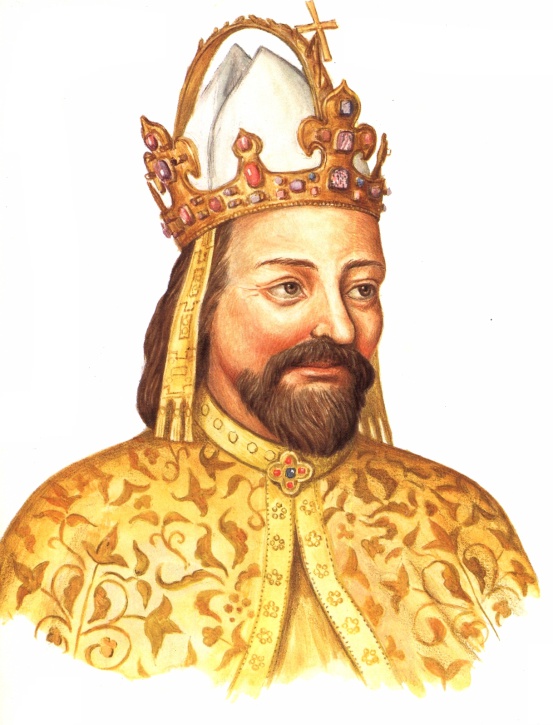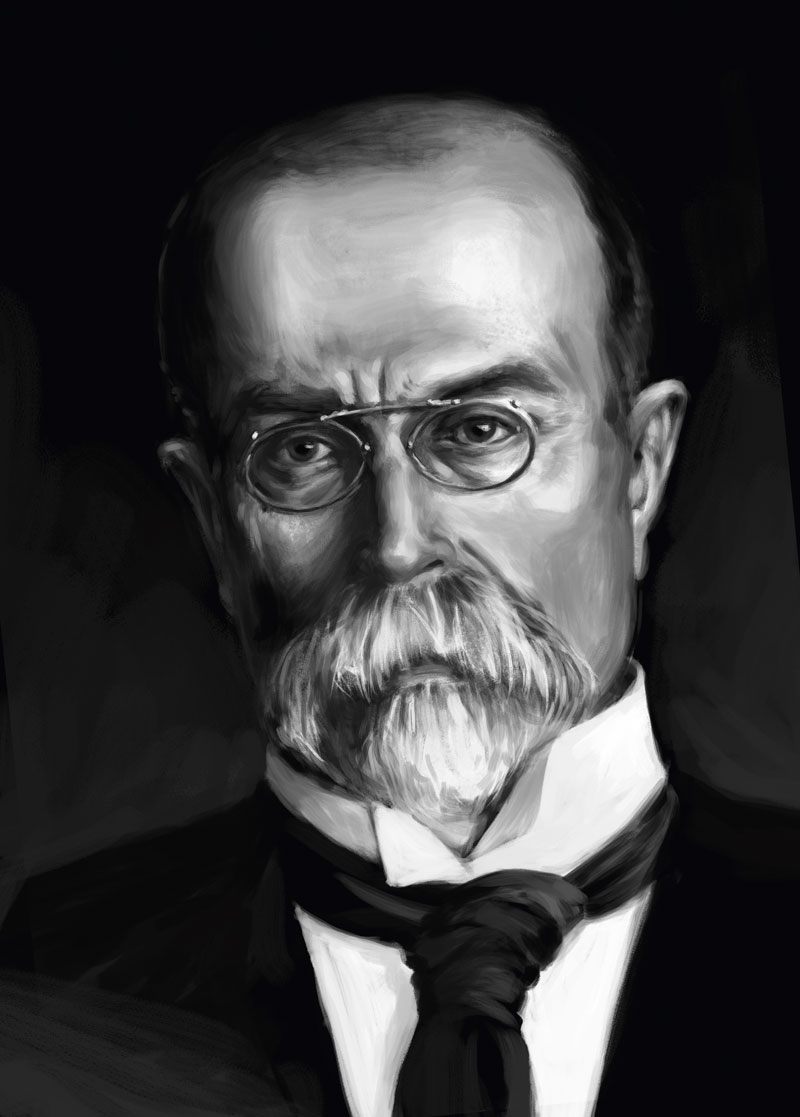Overview of Czech Monarchs
The Czech lands were ruled by a succession of powerful monarchs who shaped the region’s political, cultural, and architectural legacy.
From the Přemyslid dynasty to the Habsburgs, these rulers left behind castles, cathedrals, and laws that defined Bohemia for centuries.
Among them, Charles IV stands out as a visionary emperor whose reign marked a golden age for Prague and the Czech kingdom.
Karel IV (Charles IV, 1316–1378)
Charles IV was King of Bohemia and Holy Roman Emperor, widely regarded as the greatest Czech monarch.
He founded Charles University in 1348—the first university in Central Europe—and commissioned the construction of Charles Bridge and St. Vitus Cathedral.
His Golden Bull of 1356 reformed imperial elections, and his reign brought prosperity and prestige to Prague.
Charles IV is remembered as the “Father of the Homeland” and remains a symbol of Czech statehood.
Vratislav II (c. 1035–1092)
The first crowned King of Bohemia, Vratislav II was elevated to kingship in 1085.
Though his title was not hereditary, his reign marked the beginning of Bohemia’s royal tradition.
He supported the church and built the Vyšehrad fortress, a key site in Czech history.
Ferdinand I (1503–1564)
A member of the Habsburg dynasty, Ferdinand I became King of Bohemia in 1526.
He centralized power and integrated Bohemia into the Habsburg monarchy.
His reign saw religious tensions rise, setting the stage for future conflicts like the Thirty Years’ War.
Karel I (Charles I of Austria, 1887–1922)
The last monarch to hold the title King of Bohemia, reigning from 1916 to 1918.
His rule ended with the collapse of the Austro-Hungarian Empire and the birth of Czechoslovakia.
Beatified by the Catholic Church, he is remembered for his efforts to bring peace during World War I.


